Generally, the term “expensive” might encompass two meanings:
One is absolutely expensive
(This can be seen from the huge cash prizes awarded to each Tea king at various annual tea competitions.)
The other is relatively expensive
(Even within the famous rock production area of Wuyi, prices for the same variety of tea can vary greatly due to differences in the terroir, to the point of being worlds apart, which is quite astonishing.)
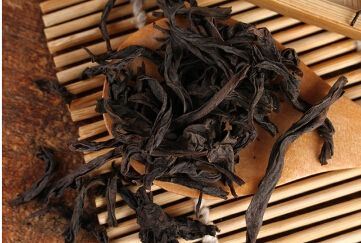
Towards the end of the Qing Dynasty, Lian Heng once said:
“There are dozens of varieties of Wuyi tea, each named after its mountain. The best ones can sell for ten to twenty taels per catty, the middle grade for five to six taels, and teas from other places are not worth drinking.”
The phrase “teas from other places are not worth drinking” may seem biased and subjective. However, it provides a testament to the popularity of Wuyi tea from another angle, implying that since it is worth drinking, its high price is only natural.
The prices of Wuyi Rock Tea can range widely, from as low as several dozen yuan to as high as tens of thousands. The components of the tea might not differ much, but the taste, aroma, and internal quality can be vastly different.
Civilians A, B, and C complain: “It's just a leaf, why do you charge so much? It's outrageous!”
Wuyi Rock Tea replies: “You have no idea what I've been through!”
In fact, not just with rock tea, but with other types of tea as well, there are significant price differences, and the reasons behind these disparities are largely similar… There are many factors that contribute to the price differences:
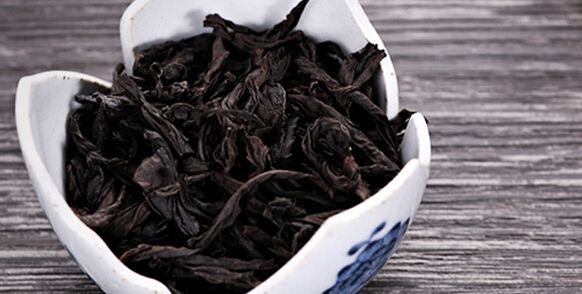
One, Different Production Areas
Principle: The different terroirs of Wuyi Rock Tea determine the differences in fresh leaves (raw materials), meaning the costs are different.
From the scope of origin, they can be divided into: genuine rock, semi-rock, riverbank tea, and outer mountain tea.
The fresh leaves from the genuine rock production area are not arbitrarily expensive; this is determined by their comprehensive conditions, including terrain, soil, temperature differences, and sunlight.
The comprehensive conditions of the genuine rock production area are excellent, resulting in high-quality fresh leaves (raw materials) which naturally command a higher price.
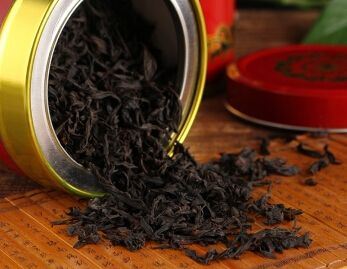
Two, Harvest Season
Different harvest seasons can also affect the price of rock tea. Since the time of year varies, the quality of the fresh leaves produced will differ, and thus the prices will naturally vary as well.
Typically, Wuyi Rock Tea is made only once a year, during spring.
Making winter or Autumn Tea can impact the quality of the following year's Spring Tea, so generally, rock tea from the genuine rock area is made only once a year.
Riverbank tea is produced twice a year for higher yields and lower costs, while outer mountain tea could be produced three times a year.
Three, Grade of the Tea
Rock tea is graded, and the quality of the tea is evaluated based on aspects such as the appearance of the dry leaves and the essence of the infusion. Taking Dahongpao as an example, different grades determine the quality of the tea, and thus a difference in price is expected.
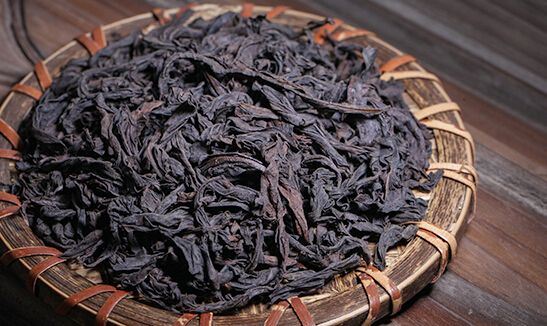
Four, Manufacturing Process
The manufacturing process of rock tea is complex, and every step is crucial.
No matter how good the fresh leaves are, if they are not processed by a skilled tea maker, the tea will lack something essential.
To tea makers, every step in the manufacturing process must be handled without error. Achieving harmony between man and tea maximizes the value of the tea.
Five, Market Scarcity
According to supply and demand, the scarcity of tea in the market can also influence its price. Fresh leaves from certain terroirs, which produce small quantities, become valuable due to their rarity. Tea merchants vie for them, driving up the price.
Supply and demand can influence the price of tea, but it does not affect the intrinsic value of the tea, especially when considering the inherent value of a product like tea, which cannot be measured solely in monetary terms.
Six, Added Value
Tea is different from ordinary goods. It has stories, emotions, warmth, and substance.
From a marketing perspective, tea merchants often seize upon these elements and turn them into selling points.
The tea market is never short of masters. When making tea under the same circumstances, one might promote the work of a national intangible cultural heritage inheritor, while another might feature an unknown local tea farmer, resulting in a significant price disparity.
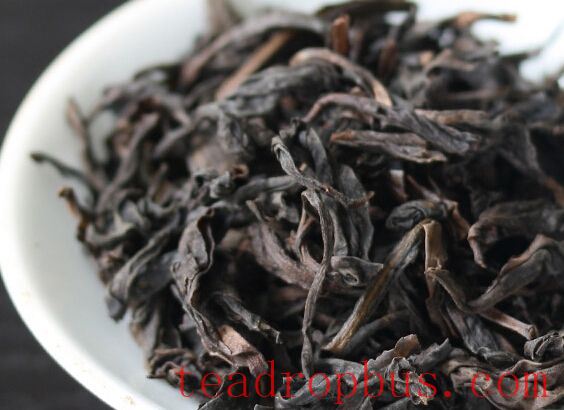
The market packaging never lacks for stories, age embellishments, tree age enhancements, cultural sentiments, brand effects, and accolades…
These added values can also influence the price of tea.
For a long time, people have used the phrase “the beggar's appearance, the emperor's price” to refer to the high prices of Wuyi Rock Tea.
This is perhaps a reference to the integrity of rock tea?
Considering the growth and actual results of rock tea, describing it with an emperor-like price suggests that while you can aspire to reach its level, you must first understand that it is very high. To stand shoulder to shoulder with it, you must possess the same capabilities.
In a sense, this reveals the Chinese attitude towards a form of aristocratic spirit?
In our descriptions of the manufacturing process, soil composition, natural environment, varietal characteristics, and other aspects of Wuyi Rock Tea, we can find the most reasonable answers we believe in.
In essence, the formation of the high or low price of a certain type of tea is not solely determined by the physical properties and sensory indicators of the tea itself. Rather, it is the result of a combination of political, economic, and cultural factors accumulated over history, with both accidental and inevitable aspects.
In ancient times, Wuyi Rock Tea held the highest status among tribute teas, standing alongside Jian ware, in the imperial court.